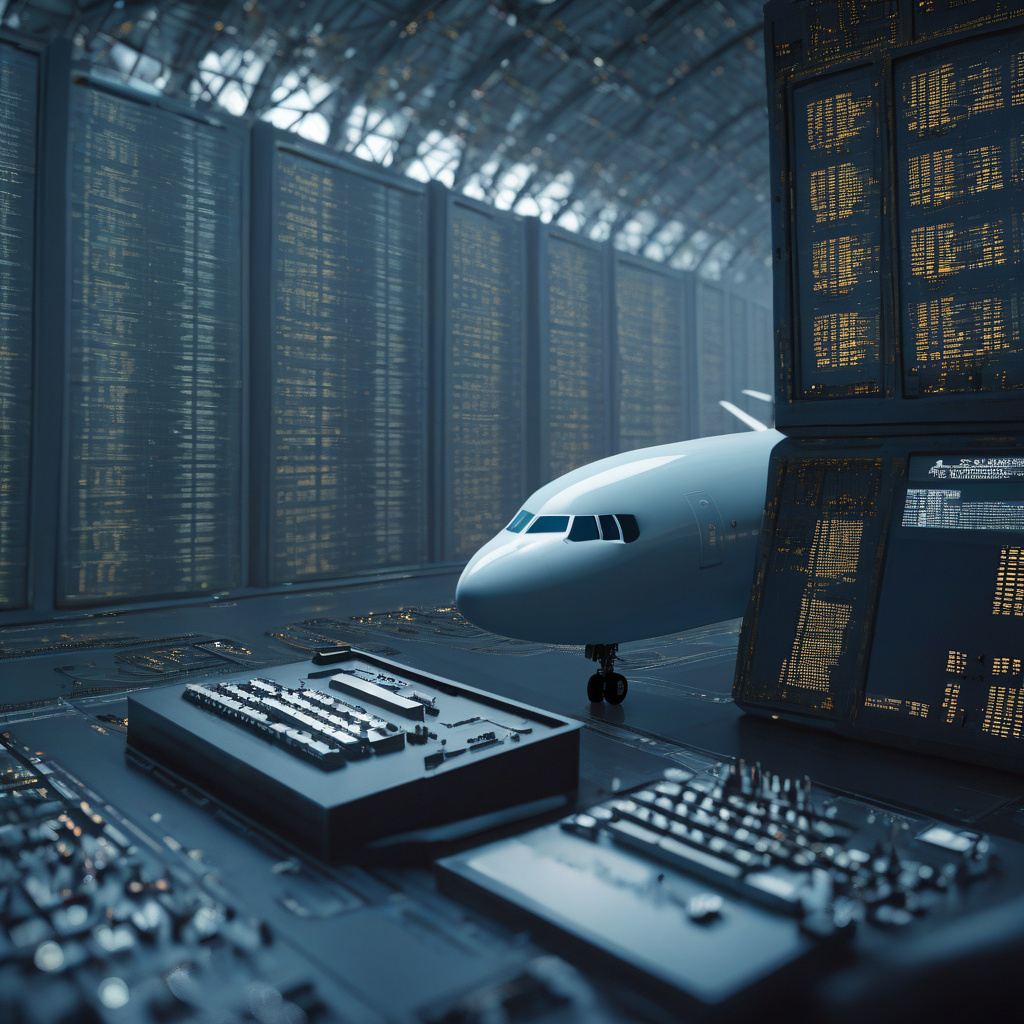Navigating the Turbulent Skies of Aviation Cybersecurity: Addressing Growing Risks
In the fast-paced digital era, the aviation industry stands at the forefront of innovation and technological advancement. However, this progress comes hand in hand with a significant challenge: the ever-increasing threat of cyber risks. A recent report has shed light on the pressing issues faced by aviation cybersecurity, emphasizing the urgent need for proactive measures to safeguard critical systems and data.
Despite substantial investments in modernizing their operations, many aviation companies still rely on legacy systems that struggle to keep up with the rising demand for connectivity and digital services. These outdated systems, often characterized by their limited security features and compatibility issues, create a vulnerable environment that malicious actors can exploit.
The report underscores that recent disruptions in the aviation sector have not necessarily been the result of direct cyberattacks. Instead, they have been caused by the inherent vulnerabilities present in aging infrastructure. From flight delays to cancellations, these incidents serve as stark reminders of the potential consequences of inadequate cybersecurity measures.
One of the primary concerns highlighted in the report is the interconnected nature of aviation systems. As airlines, airports, and air traffic control systems become increasingly reliant on digital technologies to streamline operations and enhance passenger experience, the attack surface for cyber threats expands significantly. A breach in one area of the ecosystem can have ripple effects across the entire network, leading to widespread disruptions and financial losses.
To mitigate these risks effectively, aviation companies must adopt a proactive approach to cybersecurity. This includes investing in robust security solutions that can detect and respond to threats in real-time, conducting regular security assessments and audits to identify vulnerabilities, and implementing comprehensive training programs to educate employees about best practices for data protection.
Furthermore, collaboration and information sharing among industry stakeholders are essential for building a collective defense against cyber threats. By working together to exchange threat intelligence and best practices, aviation companies can strengthen their resilience and stay one step ahead of cyber adversaries.
In conclusion, the report’s findings serve as a wake-up call for the aviation industry to prioritize cybersecurity as a critical component of their overall risk management strategy. As the reliance on digital technologies continues to grow, so too must the investment in securing these systems against evolving threats. By taking proactive steps to enhance cybersecurity preparedness, aviation companies can safeguard their operations, protect passenger data, and uphold the trust of the flying public in an increasingly interconnected world.
aviation, cybersecurity, digitalization, risk management, data protection
